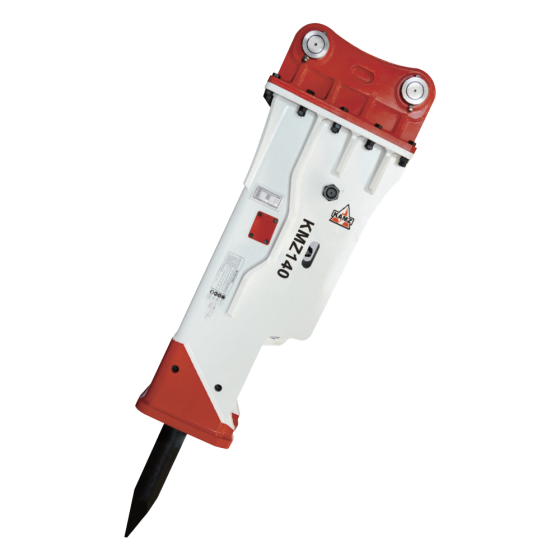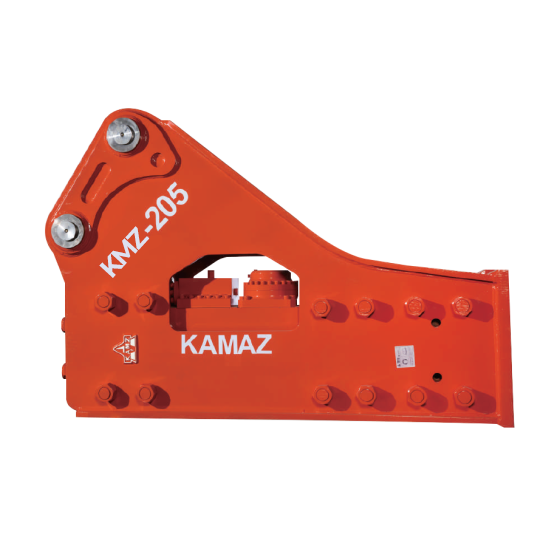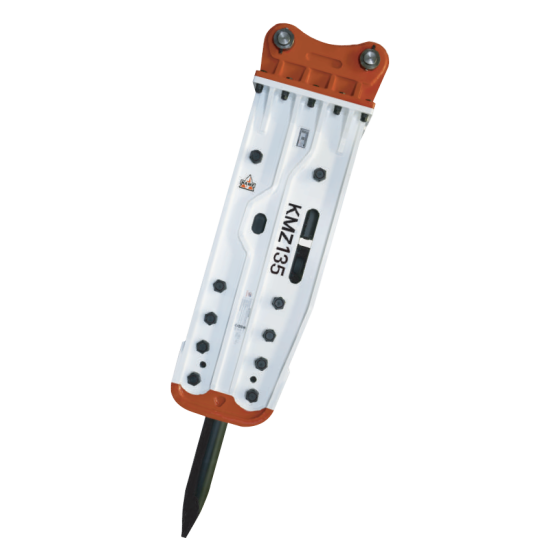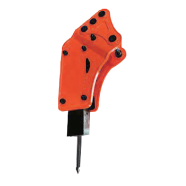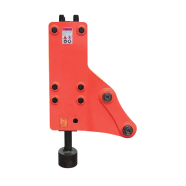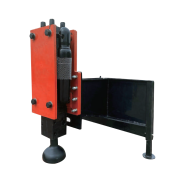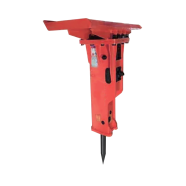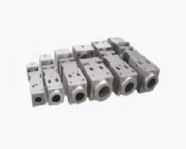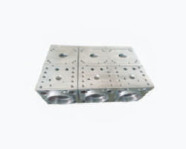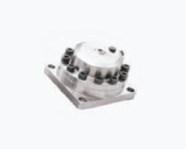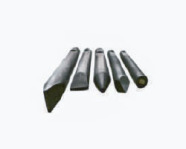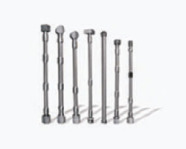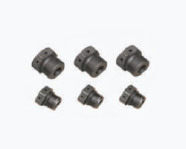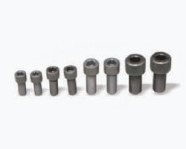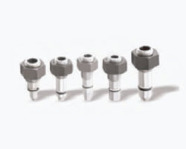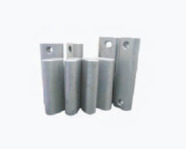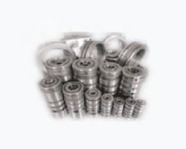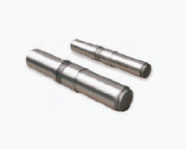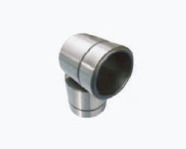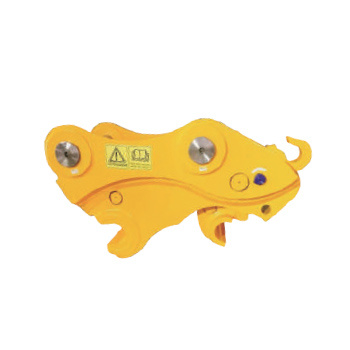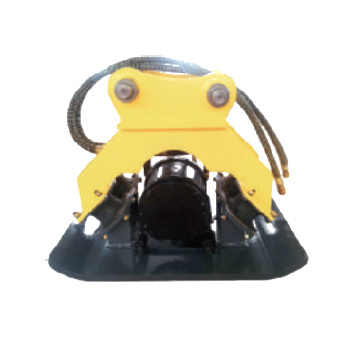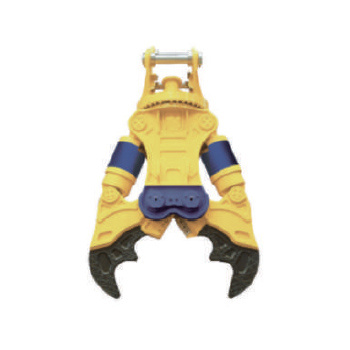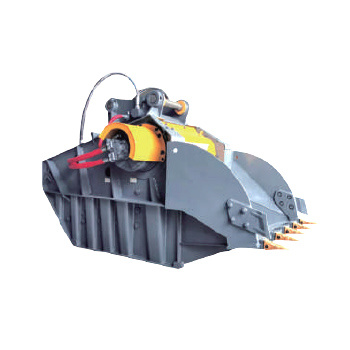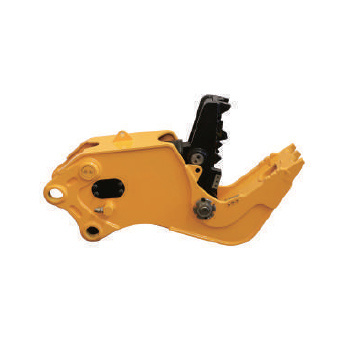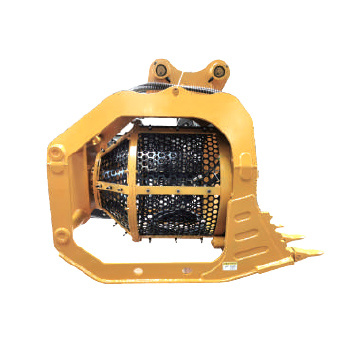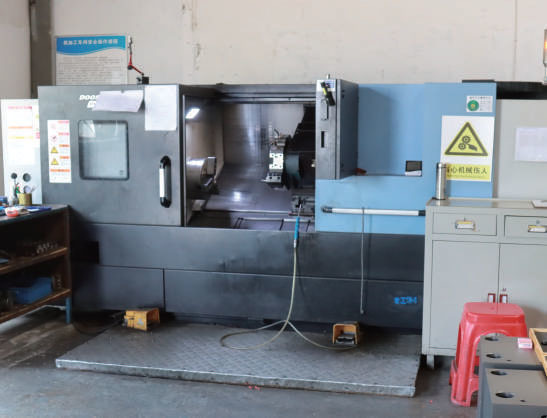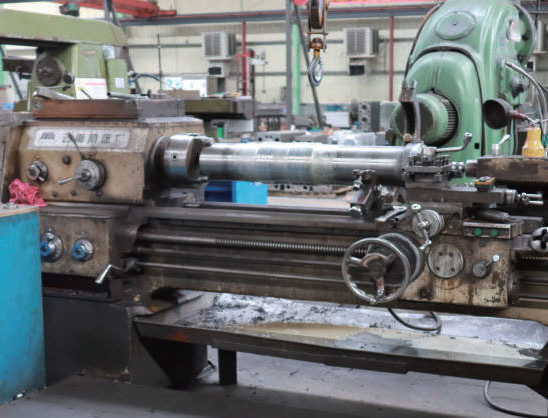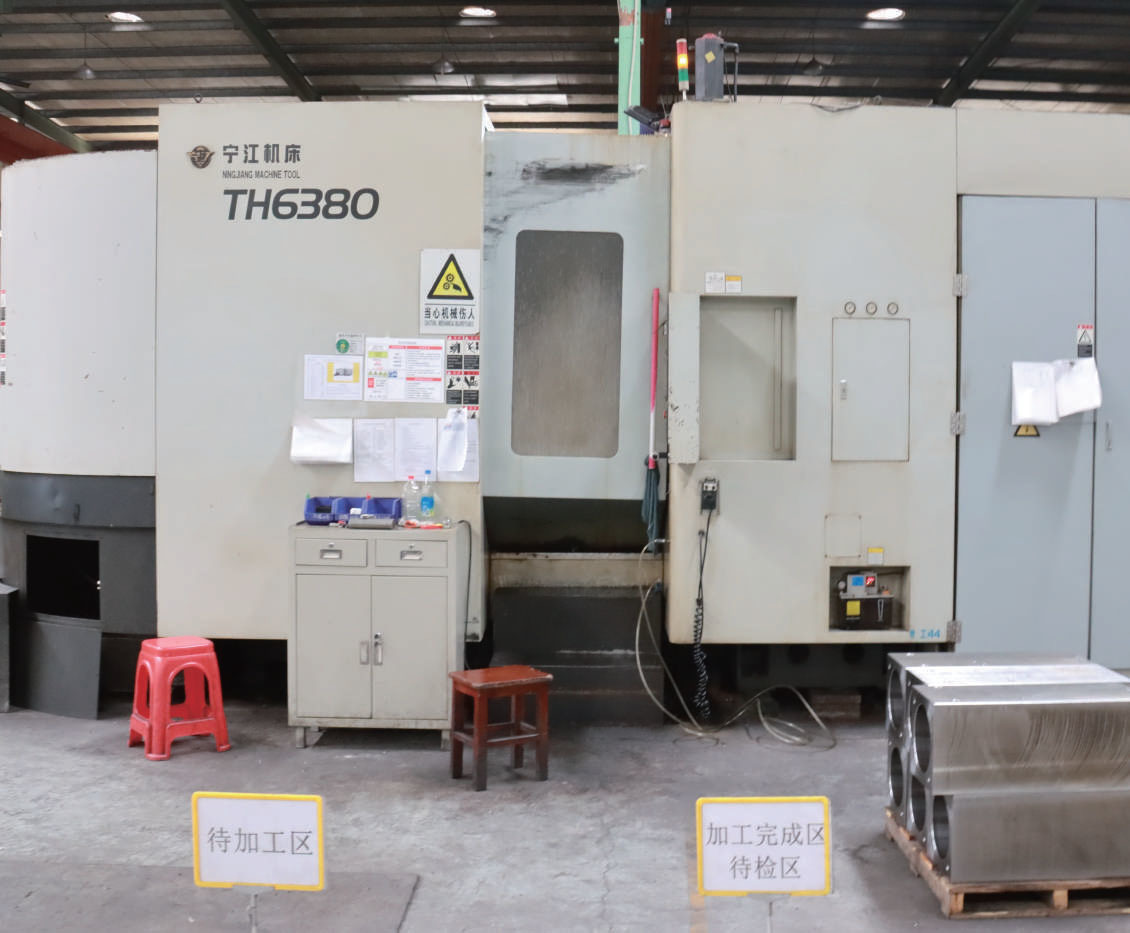The Mechanics and Innovations Behind the Hydraulic Hammer Piston
In the realm of construction and demolition, the Hydraulic Hammer Piston stands as a testament to human ingenuity and mechanical prowess. This versatile tool is not just a mere component; it is the driving force behind many significant projects, from road construction to mining operations. This article aims to explore the intricacies of the Hydraulic Hammer Piston, its operational mechanics, and the innovations that have shaped its evolution.
The Basics: Understanding the Hydraulic Hammer Piston
At its core, the Hydraulic Hammer Piston is a pivotal component of a hydraulic hammer, a powerful tool used for breaking up concrete, rock, and other hard materials. The piston operates within a cylinder, utilizing the pressure of hydraulic fluid to create impact energy. When the fluid is pressurized, it forces the piston to move rapidly, generating the force needed to break through tough surfaces. The design of the piston, often made from durable materials like steel, ensures it can withstand the high-impact forces and repeated use.
Operational Mechanics: How It Works
The operational mechanics of the Hydraulic Hammer Piston are both intricate and efficient. As hydraulic fluid is pumped into the cylinder, it creates pressure that forces the piston to move in a rapid, controlled manner. This motion is transferred to the hammer's striking surface, creating the impact needed for breaking materials. The process is cyclical, with the piston moving back and forth within the cylinder, driven by the alternating pressure of the hydraulic fluid. Advanced control systems ensure the fluid's pressure and flow rate are precisely regulated, optimizing the hammer's performance and efficiency.
Innovations and Advancements
Over the years, significant innovations have been made to enhance the performance and reliability of the Hydraulic Hammer Piston. Manufacturers have introduced new materials and designs to improve the piston's durability and efficiency. For instance, some pistons now feature ceramic coatings or hardened surfaces to resist wear and tear. Additionally, advancements in hydraulic technology have led to more efficient fluid systems, reducing energy consumption and enhancing the hammer's overall performance. These innovations have not only made the hydraulic hammer more powerful but also more environmentally friendly and cost-effective.
News & Event

